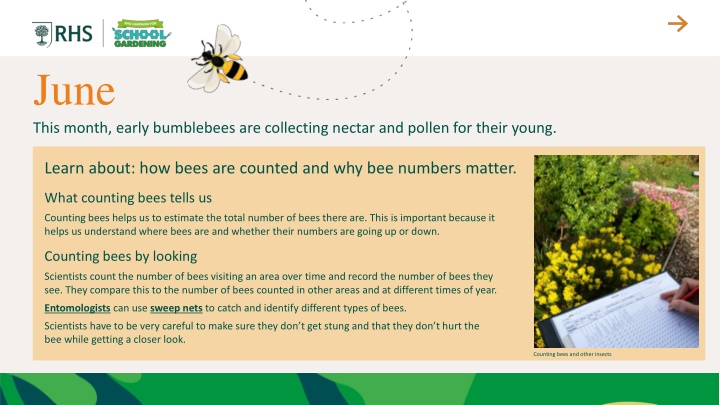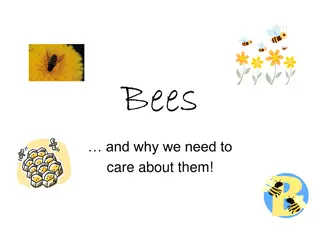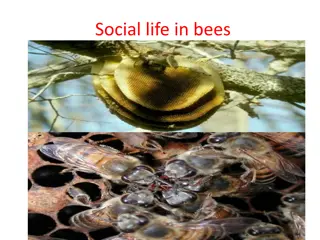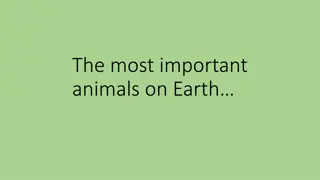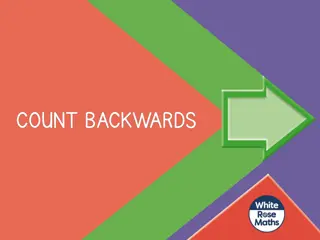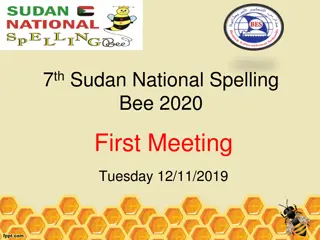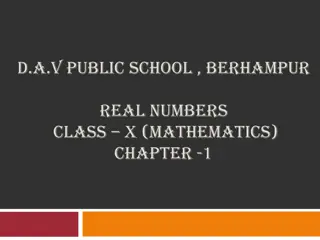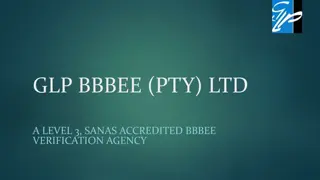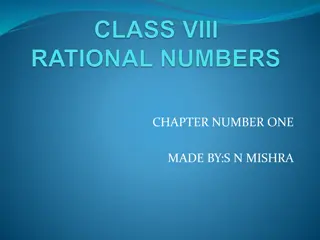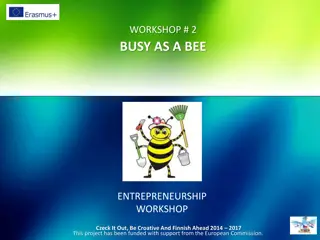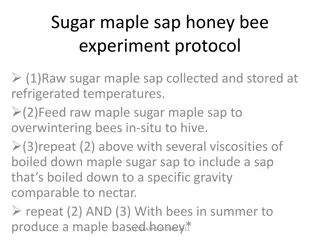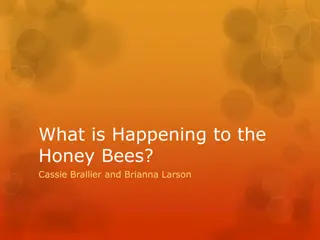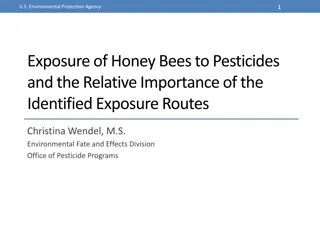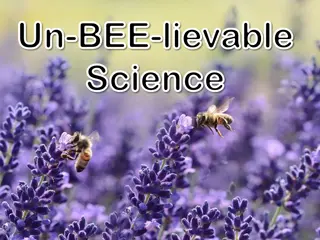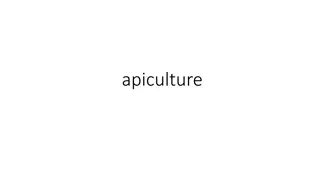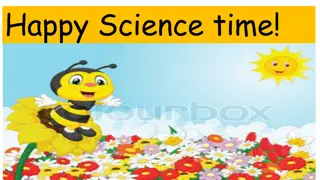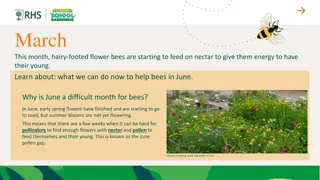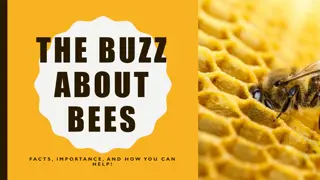Counting Bees: Why Bee Numbers Matter
Counting bees is crucial in estimating bee populations and tracking their trends. Scientists employ various methods like using sweep nets or devices like Polly to monitor bee activity. Understanding bee numbers helps in assessing their distribution, health, and impact on ecosystems. Discover the significance of bees in pollination and food production by exploring how scientists and farmers utilize bee count data.
Download Presentation

Please find below an Image/Link to download the presentation.
The content on the website is provided AS IS for your information and personal use only. It may not be sold, licensed, or shared on other websites without obtaining consent from the author.If you encounter any issues during the download, it is possible that the publisher has removed the file from their server.
You are allowed to download the files provided on this website for personal or commercial use, subject to the condition that they are used lawfully. All files are the property of their respective owners.
The content on the website is provided AS IS for your information and personal use only. It may not be sold, licensed, or shared on other websites without obtaining consent from the author.
E N D
Presentation Transcript
June This month, early bumblebees are collecting nectar and pollen for their young. Learn about: how bees are counted and why bee numbers matter. What counting bees tells us Counting bees helps us to estimate the total number of bees there are. This is important because it helps us understand where bees are and whether their numbers are going up or down. Counting bees by looking Scientists count the number of bees visiting an area over time and record the number of bees they see. They compare this to the number of bees counted in other areas and at different times of year. Entomologists can use sweep nets to catch and identify different types of bees. Scientists have to be very careful to make sure they don t get stung and that they don t hurt the bee while getting a closer look. Counting bees and other insects
Learning activity: watch the video to answer these questions People can also count bees using a device called a Polly, which listens to the sound that bees make and uses this information to work out how many there are nearby. s Watch the video to answer these questions: 1. What percentage of food crops depends on insects? 2. Which part of insects' bodies makes the sounds that the Polly detects? 3. How could scientists use the information collected? 4. How could farmers use the information collected? Watch Polly inventor Casey Woodward talk about tracking pollinators. Check your answers on the next slide.
Home | Answers 1. What percentage of food crops depends on insects? Answer: 75% 2. Which part of insects' bodies makes the sounds that the Polly detects? Answer: Wings 3. How could scientists use the information collected? Answer: To understand where bees are dying out and where to target help. 4. How could farmers use the information collected? Answers might include: understanding where they might need to plant flowers, or allow flowers to grow, in order to encourage pollinators to visit their crops.
Home | Entomologists Scientists who study insects.
Home | Sweep net A special net which is swept over plants to collect insects (and other invertebrates, for example spiders) so that they can be studied by scientists.
